
The addition of a camera module or developer board improves the device’s ability to record and interpret visual data, allowing for more advanced and diverse applications. With the rise in visual recognition techniques, the selection of camera modules becomes a crucial part also considering its compatibility with MCUs. Fulfilling these advanced requirements, the upcoming LILYGO has come up with a solution. The LILYGOs T-Camera-Plus-S3 ESP32-S3 Camera Development Board features a camera supporting resolution of up to 2 Million Pixels (IR-Cut Night Vision), a 1.3-inch capacitive touch display, a speaker [FUET2122], power supply cable and a Bluetooth/WI-FI antenna [3rd Generation].
Specifications of LILYGOs T-Camera-Plus-S3 ESP32-S3 Camera Development Board
It supports ESP32-S3R8 with a radio frequency of 2.4 GHz and becomes a versatile option for any IoT-based MCU. Dual-core Xtensa LX7 is the CPU of the ESP32-S3 chip. Xtensa is a line of CPUs designed by Intel specifically for low-power applications. LX7 refers to the specific CPU architecture within the Xtensa family.
Some of its key features:
- Low Power Consumption
- Integrated Wi-FI and Bluetooth
- Support for Cameras
- Frame Buffer Support: To facilitate quicker processing and manipulation, the ESP32-S3 may feature dedicated memory for storing image data taken by the camera.
- Hardware Offloading: The chip has hardware accelerators designed specifically for image processing tasks thereby removing the processing burden of the CPU Cores.
- Scalable Image Processing: It allows image manipulation tasks by leveraging hardware accelerators and adjusting processing based on complexity.
- Serial Camera Control Interface (SCCI): It’s a simple serial interface which uses fewer pins. It is used for battery-powered applications with lower-resolution image capture.
- Digital MIPI Camera Interface (DCAM): DCAM is a complex interface with multiple data lines. It is used for High resolution images or video captures.
- Multiple Peripherals like SPI, I2C, GPIO, ADC, etc.
The camera operates at a voltage of 3.3V and it features a micro USB cable to interface it with any development boards. It showcases a reset button on board which is helpful during its testing phases and with the support of ESP32 it is easily programmed using popular platforms like Arduino IDE and Visual Studio Code.
Wireless Connectivity
The LILYGO Camera development board likely supports all three of those wireless technologies:
- WI-FI 802.11: This allows the board to connect to the internet through a wireless router. This is useful for applications that need to send or receive data over the internet, such as streaming video from the camera or controlling the camera remotely.
- BLE 5+ & Bluetooth Mesh: The BT Low Energy allows the users for short-range communication between devices whereas the BT Mesh Networking creates a network of BT devices that can communicate with each other such as a network of sensors for smart home automation.
Memory
The memory structure of T Camera Plus S3:
- PSRAM (Pseudo Static RAM): The 8MB of PSRAM provides additional workspace for your application to run more complex algorithms or store temporary data while the camera is in use.
- Flash: The 16MB of flash memory provides storage for the operating system, your application code, and any images or videos captured by the camera.
- TF Card Slot: this enables storage of large amounts of image and video data captured by the camera during operation.
You can refer to the pin diagram for more details:
The Lilygo T-Camera-Plus-S3 development board has become a viable option for creating camera-based IoT prototypes. The combination of ESP32-S3 microcontroller, built-in camera capability, and a variety of wireless connectivity options enables developers to create a variety of applications ranging from smart surveillance systems to visual data analysis tools. The T-Camera-Plus-S3 provides a platform for rapid prototyping and development. Its compatibility with popular programming environments such as Arduino IDE and Visual Studio Code streamlines the development process. For more details, refer to the product page.







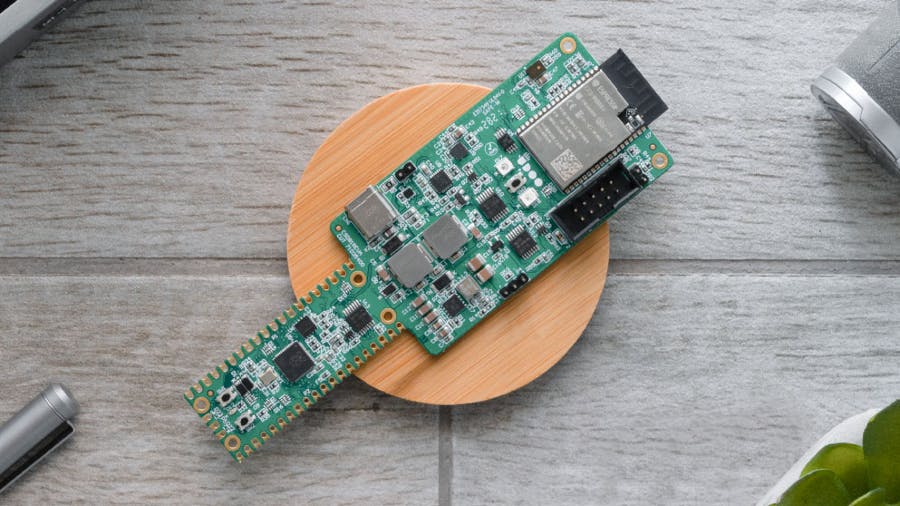
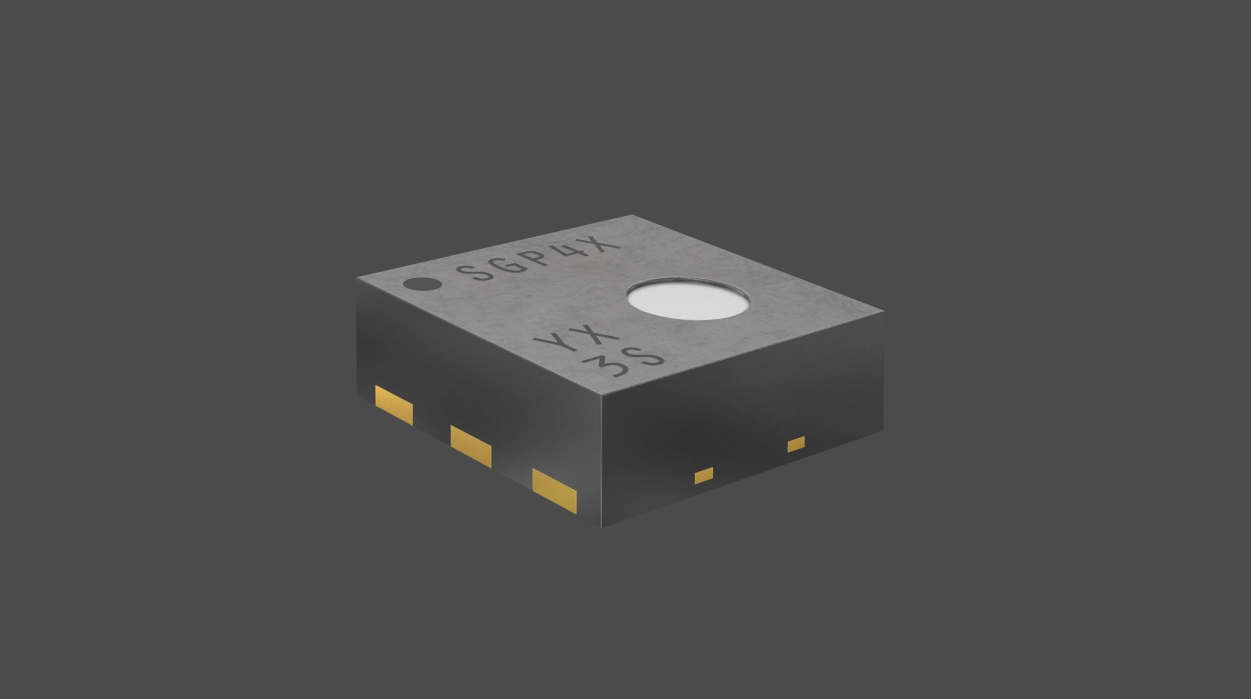
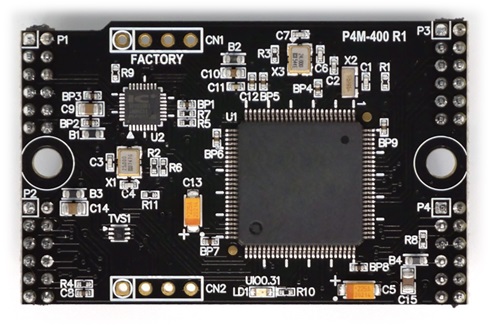
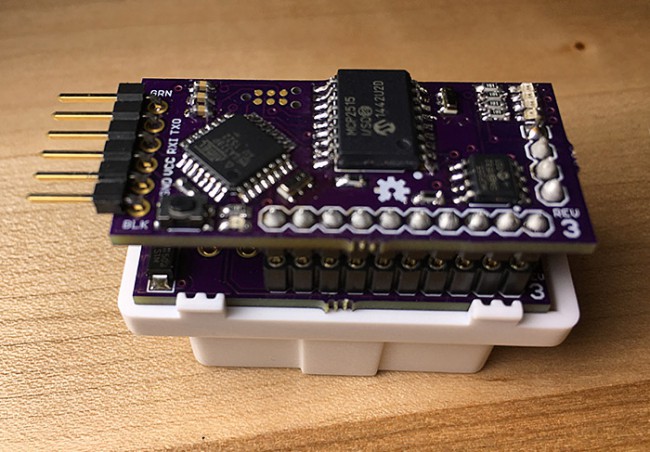
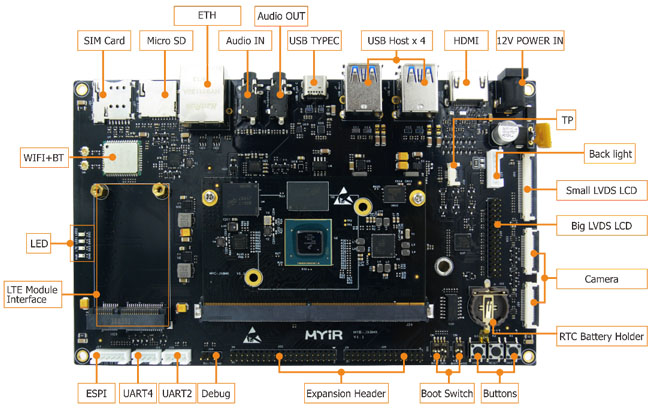
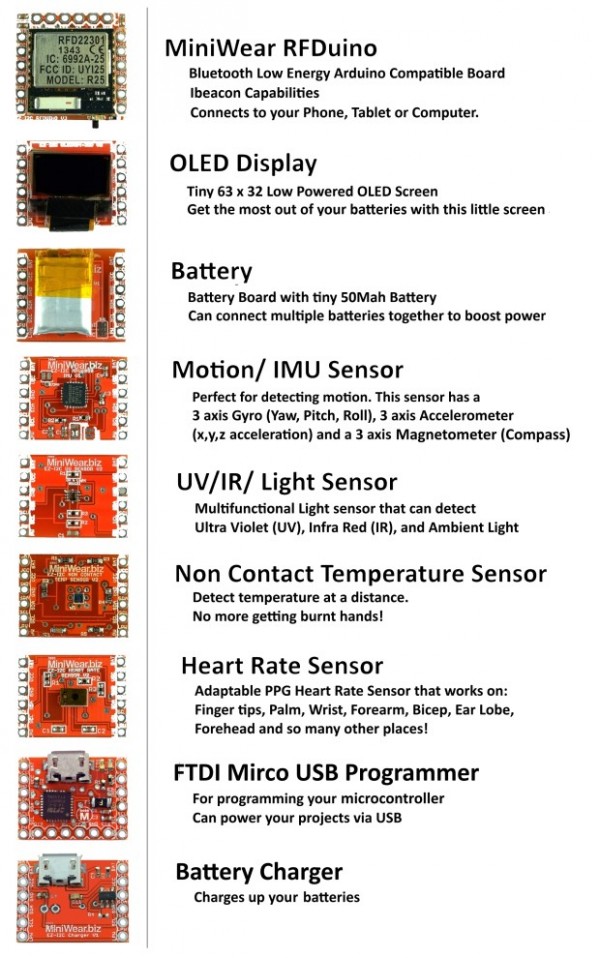






I wanted to comment on the Camera Development board by LilyGo: T Camera+ S3. While advertising looks good and the hardware seems strong. The software is a kludge. You have to copy their copies of Arduino libraries and replace your current libraries. In other words tied to specific versions with some of their mods. Spent several days attempting to make it work. So now I’m stuck with it since it’s past their 7 days return.
I’ve worked with a lot of different devices on the Arduino IDE in particular. This was the most difficult and finally unable to resolve.
Just thought I would warn you. It sounds good and a great idea. But their software setup is totally insufficient. Hoping they update their software to make it more user friendly to setup.